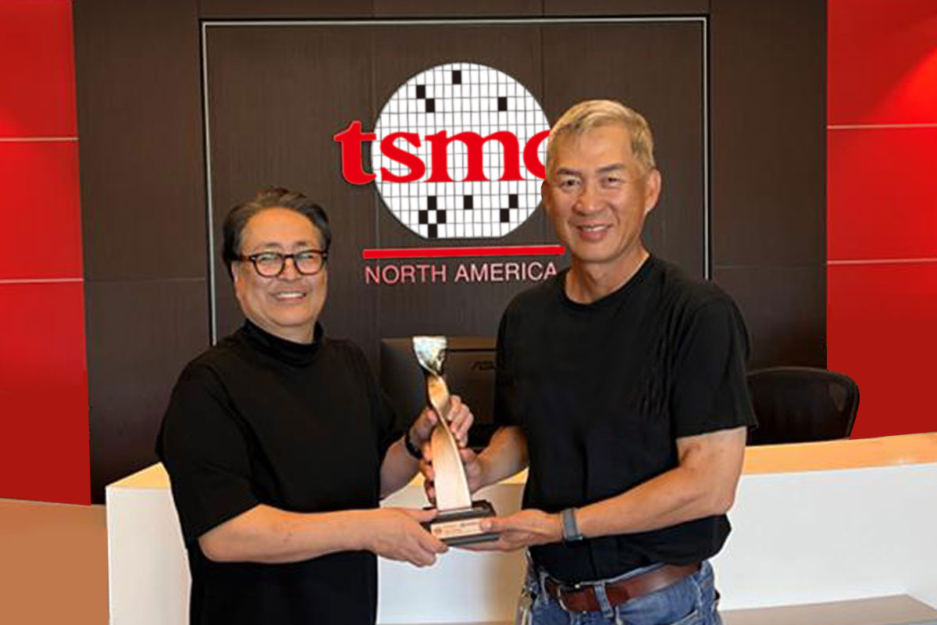The 2-Minute Rule for apollo4 blue plus
The 2-Minute Rule for apollo4 blue plus
Blog Article

The three astronauts spoke prior to a joint session of Congress on September sixteen, 1969. They introduced two US flags, a single to your house of Representatives and one other to the Senate, that they had carried with them on the floor of your Moon.
Aldrin salutes the deployed Usa flag around the lunar floor. The astronauts planted the Lunar Flag Assembly that contains a flag of The usa to the lunar surface, in crystal clear see with the TV digital camera. Aldrin remembered, "Of all the roles I had to do to the Moon the one I planned to go the smoothest was the flag boosting."[152] Nevertheless the astronauts struggled Using the telescoping rod and will only insert the pole about two inches (5 cm) to the tricky lunar surface.
With as much as 2MB of MRAM and a couple of.75MB of SRAM, the Apollo4 Plus has a lot more than sufficient compute ability and storage to take care of advanced algorithms and neural networks whilst exhibiting vibrant, crystal-apparent, and easy graphics.
On the return to Earth, a bearing at the Guam tracking station unsuccessful, most likely protecting against conversation on the final section on the Earth return. A regular maintenance was not possible in the obtainable time although the station director, Charles Pressure, had his ten-calendar year-outdated son Greg use his modest fingers to reach in the housing and pack it with grease. Greg was later on thanked by Armstrong.[179] Splashdown and quarantine
What's more, it shown the S-IVB 3rd stage's initial in-flight restart. The mission utilized a Block I command and service module modified to test many vital Block II revisions, including its heat defend at simulated lunar-return velocity and angle.
In the meantime, on May perhaps 24, engineers within the North American plant uncovered hairline cracks in propellant tank welds of another S-II stage. The following day, personnel during the VAB commenced the next destack in the rocket, eliminating the S-II stage on June 3 for detailed inspections. In depth X-ray and dye penetrant tests revealed no cracks, and personnel started re-assembling the rocket on June 18. Engineers in the MSOB concluded the wiring do the job in CM-017, reassembled it with its other components, and returned it to your VAB wherever floor crews stacked the spacecraft for the final time on June 20. The stacking, unstacking, and restacking system experienced taken eight months.
This Template lists historic, existing, and potential space rockets that at least at the time tried (but not necessarily succeeded in) an orbital start or that happen to be planned to attempt this kind of launch in the future
Wise lights methods may even be arrange to turn on and off mechanically according to consumer Tastes or schedules.
Possessing your crew up-to-date would make Anyone work better. Do not be shy, feedback make collaboration flourish.
Tens of millions of wearables are benefiting from Apollo and Apollo Blue SoCs by increased battery lifestyle and significantly a lot more intricate clever processing.
It is only seven months considering that NASA’s built a bold choice to ship Apollo eight many of the method to the moon on the primary manned flight of The large Saturn V rocket.
The first three flights carrying Apollo devices were introduced working with Saturn IBs. This smaller launch motor vehicle didn't use the services Low Power Semiconductors at KSC, but difficulties fixed by Saturn IB flights could be valid for the people to be launched with the Saturn V. Both equally the Saturn IB and the Saturn V would use a S-IVB, however the IB would utilize it as its next, remaining stage, as opposed to the third phase as to the Saturn V.
Even though shifting inside the cabin, Aldrin unintentionally ruined the circuit breaker that will arm the key motor for liftoff with the Moon.
Valuates offers in-depth marketplace insights into different industries. Our comprehensive report repository is continually up-to-date to satisfy your transforming field Assessment needs.
Get Smart. Use Less Energy.
Ultra-low power SoCs for IoT endpoint devices
that demand complex operations
and longer battery life.
✍ Ambiq® is committed to further improve the quality of life by enabling the intelligence of endpoints while further reducing carbon footprints. Ambiq – your partner in endpoint intelligence.
✯✯✯Based in Austin, San Jose, Hsinchu, Shenzhen, and Shanghai, our leadership and management teams consist of advocates, builders, enthusiasts, entrepreneurs, explorers, incubators, inventors, pioneers, protectors, thinkers, and visionaries. With a diverse spectrum of experiences and skillset, we came together and united with one goal to enable the true Internet of Things where the battery-powered endpoint devices can truly be connected intuitively and intelligently 24/7.
Ambiq Wins the Demo of the Year Award at 2023 TSMC Technology Symposium
September 7, 2023, Austin, TX – Ambiq®, a leading developer of ultra-low-power semiconductor solutions that deliver a multifold increase in energy efficiency, was awarded the Demo of the Year Award by TSMC as a participant of the Innovation Zone at the 2023 TSMC North America Technology Symposium.
Ambiq Wins the Demo of the Year Award at 2023 TSMC Technology Symposium
During the April event, Ambiq showcased various product design wins using TSMC’s 22nm technology in wearables, digital health, smart home, Industrial IoT, pet trackers, and retail segments, with industry-leading energy efficiency. Ambiq also featured two live demos emphasizing its leadership in enabling endpoint AI with its HeartKit™ for remote patient monitoring and its graphics display capabilities for a vivid user interface. 
TSMC pioneered the pure-play semiconductor foundry business model when it was founded in 1987, helping startup companies accelerate their innovations by providing access to the industry’s leading process technologies and manufacturing capacity. Since 2021, TSMC has expanded that mission with an Innovation Zone at its worldwide Technology Symposiums, highlighting how TSMC partners with startup companies to enable cutting-edge products from various applications, including high-performance computing, communication, automotive, IoT, and consumer segments.
“We’re grateful to TSMC and our booth visitors for allowing us to share our energy-efficient technology and processor solutions with them,” said Ambiq’s CEO, Fumihide Esaka. “We’re moving towards an exciting frontier of AI becoming more engrained with our daily lives. With that vision on the horizon, we will continue to develop innovative and first-of-its-kind ultra-low-powered solutions that keep innovation and sustainability in mind. 
Ambiq’s mission is to develop the lowest-power semiconductor solutions to enable intelligent devices everywhere by developing the lowest-power semiconductor solutions to drive a more energy-efficient, sustainable, and data-driven world. Ambiq has helped leading manufacturers worldwide develop products that last weeks on a single charge (rather than days), while delivering a maximum feature set in compact industrial Ambiq careers designs. Ambiq’s goal is to take Artificial Intelligence (AI) where it has never gone before in mobile and portable devices, using Ambiq’s advanced ultra-low power system on chip (SoC) solutions. Ambiq has shipped more than 200 million units as of March 2023.
Ambiq Designs Low-Power for Next Gen Endpoint Devices
Ambiq’s VP of Architecture and Product Planning, Dan Cermak, joins the ipXchange team at CES to discuss how manufacturers can improve their products with ultra-low power. As technology becomes more sophisticated, energy consumption continues to grow. Here Dan outlines how Ambiq stays ahead of the curve by planning for energy requirements 5 years in advance.
Ambiq Highlights From Embedded World 2024
Facebook | Linkedin | Twitter | YouTube